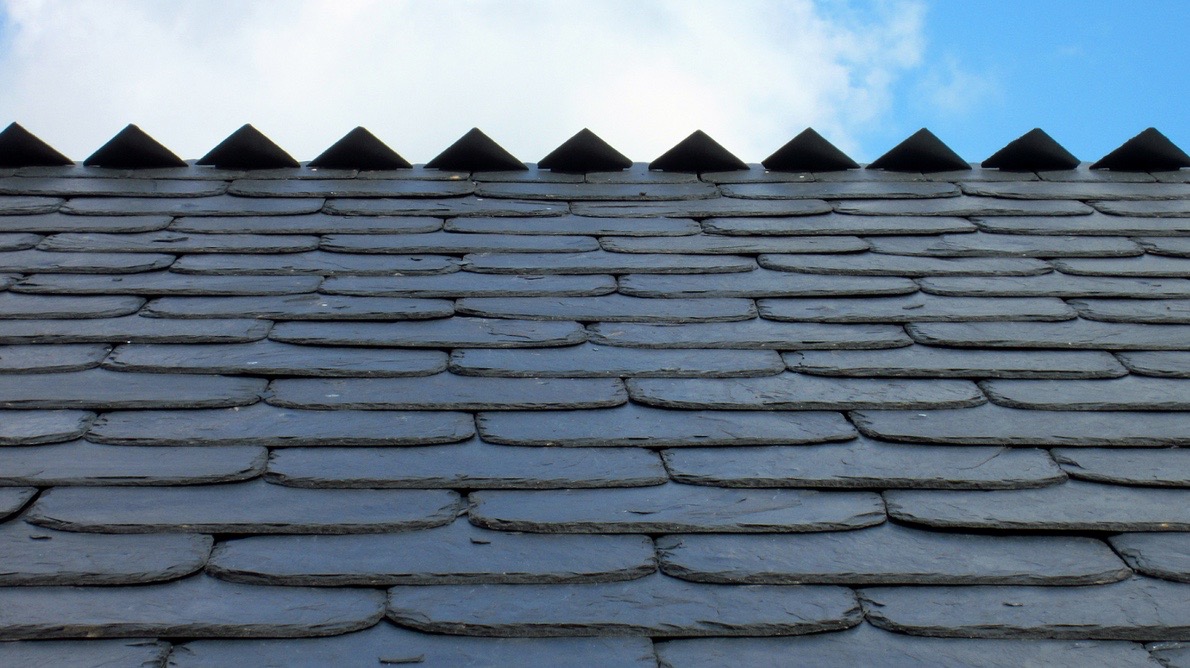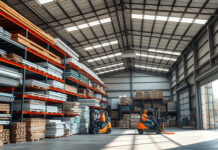Your roof is your home’s first line of defence against the elements, and when it comes to fire safety, choosing the right roofing materials is essential. With wildfires and unpredictable weather patterns rising, protecting your property from fire damage has never been more important.
In this article, we’ll share expert tips on selecting fire-resistant roofing materials that can enhance your home’s safety. Whether you’re building a new house or upgrading your current roof, these insights will help you make informed decisions that keep your family and property safe.
Join us as we explore the best options for fire-resistant roofing and practical measures you can take to boost your home’s resilience against fire hazards.
Why is fire safety essential for roofs?
Durability and longevity are probably crucial factors when choosing roofing materials. However, many people forget that their chosen materials might fail to protect them from fires.
Some materials can stop flames from spreading, while others might lead to further issues and compromise your safety.
According to Statista, 321 people died in UK fires between 2022 and 2023, while Morgan Clark reports that emergency services attend around 35,000 property fires yearly.
The dangers of fire-prone materials
In the past, people chose roof materials based on their aesthetic appeal – but they didn’t understand the risks associated with wood and fire-spreading materials.
For example, wooden shingles look great but are likely to ignite and spread flames.
Fire-resistant materials protect your property and ensure residents have time to evacuate it.
There are numerous causes of property fires, with many impacting roofing systems, including:
Electrical faults
Many people use their attics for storage, so they often don’t notice any issues. Pests can gnaw through wiring, or minor electrical faults can worsen over time, increasing the risks of fires.
As these fires start in loft spaces, they can quickly spread to the roof, resulting in a serious fire.
Plants and dried vegetation
Dried vegetation is an accident waiting to happen in the summer and poses severe threats to your roof. If it catches on fire, the roof will ignite, compromising the safety of inhabitants and impacting other areas of the home.
While modern roofs have materials that prevent fires, choosing the wrong materials could cause ongoing hazards.
Chimney blockages
Older properties and some newer builds use chimneys to provide ventilation and divert gases from the property. Unfortunately, chimneys are prone to blockages due to debris, soot accumulation or pests.
These blockages can cause fires that spread to the roof, resulting in extensive damage.
How to fireproof your roof
When choosing roofing materials, it’s vital to look for solutions that prevent the spread of flames while protecting your property. The following materials offer long-term durability and flame-resistant features.
Metal
Metal is one of the best roof materials because it’s non-combustible. Traditional fires won’t be able to melt it, making it ideal for households. Metal roofs also offer longevity, typically lasting between 40 and 70 years without much maintenance.
While metal roofs previously looked cheap and lacked character, technological advances now mean they can emulate classic designs and blend seamlessly with your property.
You’ll find sheets and shingles that align with all architectural styles but can cause excess noise when exposed to heavy rainfall. Metal roofing systems might also be out of reach if you’re on a tight budget, and they can rust over time.
Clay tiles
Clay is renowned for its fire-resistant features resulting from the manufacturing process. Most properties use bricks because they prevent flames from spreading; the same is true of clay tiles.
Installing clay tiles provides a long-term roofing solution that requires minimal maintenance. The tiles usually last up to 50 years and can withstand extreme temperatures, making them a wise investment.
However, clay is a heavy material, and your property might be unable to handle the extra weight. Although clay can withstand extreme weather, it’s prone to cracking upon heavy impact.
Asphalt shingles
Asphalt remains one of the time-tested roofing solutions, offering affordability and a stress-free installation. If you’re on a low budget, asphalt shingles are the best solution, and their customisation options mean you’ll find designs that suit all homes.
While asphalt shingles are fireproof, they’re less durable than other materials with a 20-30-year lifespan. They also require general maintenance and monitoring to prevent weather-related damage.
Slate roofs
Slate is another fireproof material with a range of benefits. Its main selling point is its lifespan of 100 years, making slate the most resistant material.
Many people also love the natural appeal of slate tiles. Their ability to withstand weather and fungal growth means they won’t have to perform much maintenance. Slate is also highly sustainable and recyclable, making it popular for eco-friendly homes.
The main downside of slate is its price tag, but you’re paying for long-term peace of mind and won’t have to worry about constant maintenance.
Top tips for ensuring fire resistance
Choosing the right roof materials is the best way to protect your property and ensure it stays secure during a fire. However, it’s also important to monitor your roof and take steps to prevent fires from occurring.
Following these tips will ensure fire resistance for any roofing system:
- Choose Resistant Felt: When choosing roofing felt, select a fire-resistant variety. For example, bitumen and fibreglass roofing felt offer more protection than organic felt.
- Reinforce the Structure: Roofing structures should be durable and handle excess pressure. Look at the deck and reinforce any vulnerable areas.
- Seal Gaps: Any gaps in the tiles or roofing structure can leave your home vulnerable to fires. Sealing them or replacing tiles will ensure durability.
- Perform Inspections: Regular roof inspections help you identify any issues with the roof and fix them before they compromise structural integrity and spread fires.
Final thoughts
Some fires are preventable, while others are unavoidable, but resistant roofing materials are key to defining how your property deals with them. Choosing suitable materials is the first step in enhancing safety, but regular maintenance and inspections are also essential.
If you’re looking for high-quality roofing materials, ERoofing can help. Please feel free to contact us if you need support or have any questions.






